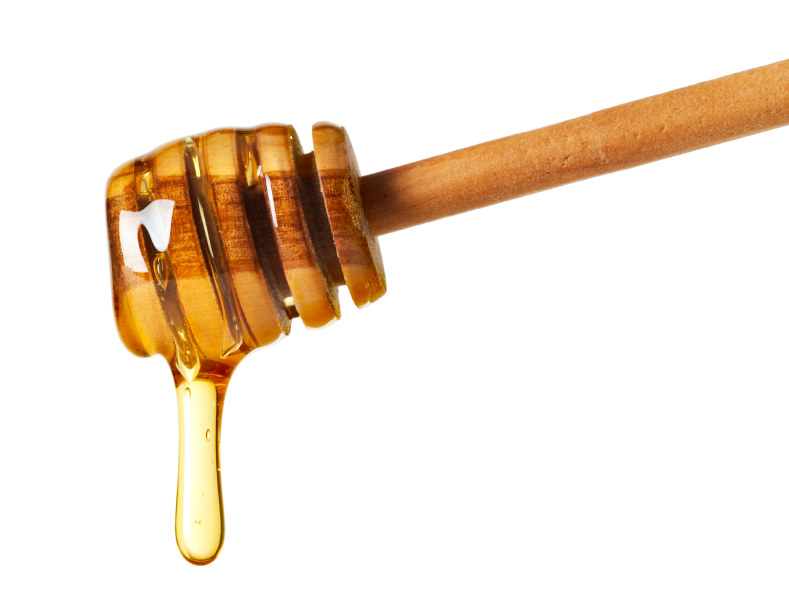
(Article by Karen Sanders republished from NaturalHealth365.com)
In one study conducted at Cardiff Metropolitan University and published in 2012 in Microbiology, researchers moved closer to understanding the mechanisms by which honey inhibits the formation of biofilms – difficult-to-treat communities of bacteria – and helps to clear chronic wounds.
Manuka Honey Quickly Incapacitates Infection-Causing Bacteria
Researchers found that Manuka honey produced in New Zealand and Australia has the ability to attack a common bacteria, Streptococcus pyogenes, often responsible for chronic infections, as well as the destruction of skin grafts. In fact, it took only modest concentrations of honey to kill 85 percent of the biofilms in a Petri dish – within two hours.
And, S. pyogenes isn’t the only pathogen susceptible to honey – numerous studies demonstrate that Manuka honey is antiviral, antifungal, and active against 80 different species of bacteria, including E. coli, P. aeruginosa, and methicillin-resistant staphylococcus aureus, or MRSA. The team noted that there are no instances of any type of honey-resistant bacteria on record.
Remarking that honey was both cheaper and safer than conventional drugs, they called for its use as a complementary therapy in conjunction with antibiotics.
Manuka Honey Not Only Treats Bacterial Infections – It Can Prevent Them From Developing in the First Place
Researchers discovered that honey disrupts the interaction between S. pyogenes and a protein called fibronectin, which exists on the surface of damaged cells. The fibronectin acts as a fixative or glue, allowing bacteria to stick to wounds. Honey disrupts the bond of two different types of fibronectin, known as Sof and Sfbl.
But honey is not just a “one-trick pony” when it comes to its tools for fighting infection and healing long-standing wounds. According to research presented in 2014 at the 247th meeting of the American Chemical Society, honey also uses hydrogen peroxide, acidity, and antioxidant flavonoids and polyphenols – such as caffeic acid, p-coumaric acid, and ellagic acid – to inhibit bacteria.
In addition, it employs an osmotic effect, in which its high percentage of sugar draws water from bacterial cells, dehydrating and then killing them. To form biofilms, bacteria use a communication system called quorum sensing; by interrupting this system, honey works as a signal jammer, preventing biofilms from developing.
Honey Accelerates Wound Repair Plus so Much More
Of course, Manuka honey can be used for more than wound healing. University of Maryland Medical Center reports that it may be taken to alleviate laryngitis, sore throats, pharyngitis, and cough. Honey has also been used in folk medicine and Ayurveda to promote digestion, relieve constipation, and soothe acid reflux.
Naturally, you shouldn’t use honey to treat medical conditions unless under the guidance of a trusted medical professional. But, there’s no doubt, raw honey is highly-effective at promoting optimal health.
With All the Different Brands and Varieties, How Do I Know Which Honey to Choose?
Natural health experts all seem to agree: it’s best to opt for raw, unfiltered organic honey, available in health food stores and online. Manuka honey, of course, is considered the queen of healthful honeys and well worth the extra expense – but local, raw honey can be just as effective in many cases.
Avoid filtered “supermarket” honey; many contain antibiotics and (surprise!) high fructose corn syrup. In addition, the bee pollen has been removed. Raw, organic honey, on the other hand, still retains all its vitamins, nutrients, antioxidants, and pollen.
In addition to its potent germ-fighting properties and its value as a safe and trusted home remedy for minor ills, raw honey is a delicious alternative to refined white sugar. So, bottom line, always look for ‘raw’ honey – and buy as local a variety as you can get.
Read more at: NaturalHealth365.com
Please contact us for more information.























